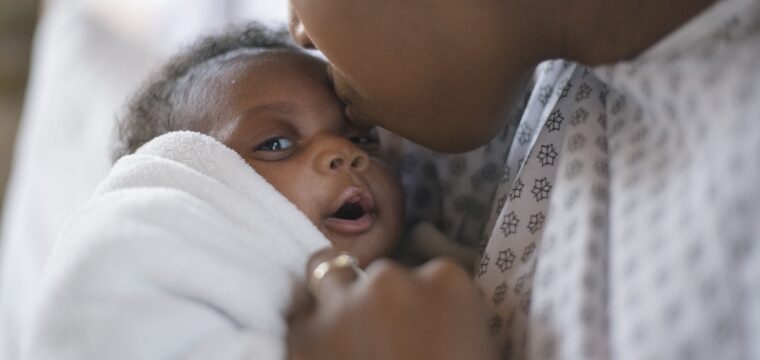The delivery room should be a place of joy for a new life, yet medical malpractice may cast a shadow over an otherwise happy occasion. Birth injuries predominantly result from two mistakes: doctors and nurses failing to appropriately act on signs that the baby is not tolerating labor and the use of excessive force while assisting vaginal birth, especially when using tools such as forceps. The attorneys at Casey, Devoti & Brockland outlined the common causes of birth injury cases and what you should do next to secure birth injury legal aid.
Failure to Monitor
The attorneys at Casey, Devoti & Brockland often see cases involving a failure of doctors and nurses to monitor the baby’s condition. Most labor and delivery units use electronic fetal monitoring to monitor the fetal heart rate of the baby during labor. It is the medical professional’s responsibility to monitor the heart rate. Different heart rate patterns may indicate distress the baby is experiencing or their overall inability to tolerate being in labor.
As birth injury legal aid providers, we often see one common injury resulting from a failure to monitor: hypoxic-ischemic encephalopathy (HIE). HIE occurs when the baby becomes deprived of oxygen during labor and delivery. Deprivation may occur due to issues with the umbilical cord or placenta during delivery. Extensive oxygen deprivation causes damage to the brain, often resulting in neurological defects such as cerebral palsy.
With proper fetal monitoring, doctors and nurses may quickly take action upon signs of distress. Rather than allowing the mother to continue labor, doctors often need to conduct a c-section to prevent brain damage from a difficult labor and delivery. Instances in which medical professionals fail to monitor often result in birth injury cases.
Utilizing Excessive Force
Families often seek birth injury legal aid after a medical professional utilizes excessive force. For example, a child may get their shoulders stuck on the mother’s pubic bone in a circumstance known as shoulder dystocia. There are generally accepted maneuvers, such as the McRoberts maneuver, to alleviate the shoulder dystocia and successfully get a child through the birthing canal. This maneuver involves a healthcare provider helping the mother flex her thighs toward the abdomen while shifting her hips away from her body. When used with suprapubic pressure, the McRoberts maneuver ensures safe delivery.
Doctors may improperly perform the McRoberts maneuver or use excessive force in these cases that may cause severe damage to the child, resulting in birth injury cases. Instances of excessive force may lead to rips and tears in the brachial plexus nerves in the child’s shoulders. This action may sever nerves and cause physical deformities, altering the feeling and movement of the limb in the long term. These injuries are detrimental to a child’s well-being and expensive to treat — we recommend that you seek birth injury legal aid to help.
Improper Use of Tools
An extension of excessive force is the improper use of tools. While tools such as forceps are generally not preferred by the medical community, they are common culprits in birth injury cases. These devices are typically used on the child’s head to pull them through the birth canal when stuck.
When improperly used, forceps, vacuum extractors and other assistive devices may exert so much force that they cause a brain bleed or a skull fracture.
Considerations from Birth Injury Legal Aid
When a family experiences a birth injury, they often find themselves asking the same common questions — particularly, who can we hold accountable? Multiple parties may be held accountable for a birth injury resulting from the use of excessive force or a failure to properly monitor the baby during labor. After you have acquired birth injury legal aid, attorneys will consider multiple individuals and entities to pursue a case against.
Doctors are the captains of the ship — they are responsible for their negligent actions as well as the actions of everyone beneath them. Meanwhile, nurses act as eyes and ears for doctors on their teams. They have a responsibility to monitor the state of the mother and child before delivery and notify the people above them if something is off. Entities such as the hospital or the doctor’s practice group may also be defendants in birth injury cases.
A personal injury attorney may be able to help you navigate the viability of your medical malpractice claim moving forward — for more information, contact Casey, Devoti & Brockland for a free consultation.









